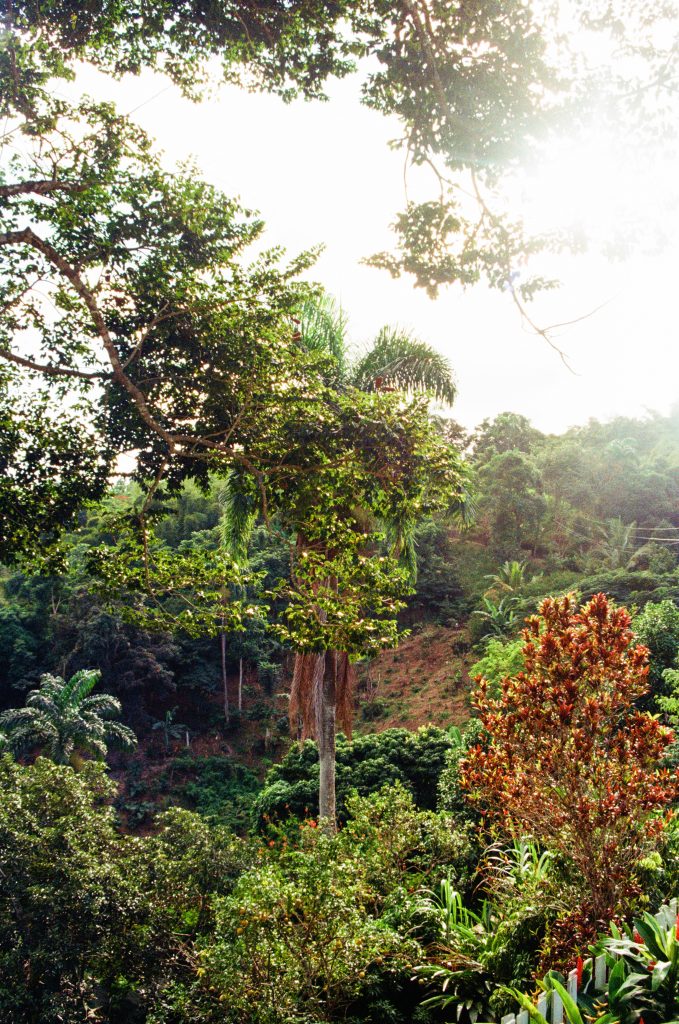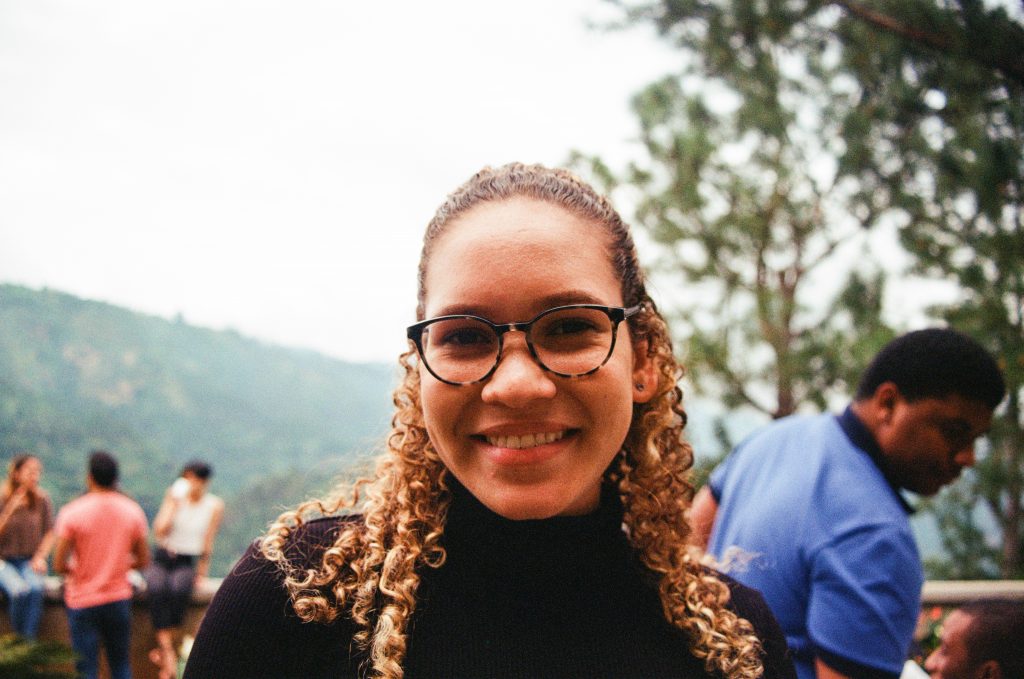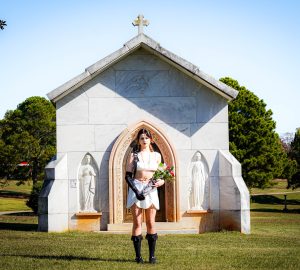Illuminate your photos using the golden hour
Show your work in the best light by photographing at the right time of day

Golden hour is a phrase that floats throughout the photography community. It occurs twice a day, once after sunrise and again right before sunset. The reason why it’s such a phenomenon in the photography world is because no matter what you take a picture of, at that time of day it looks better.
At these moments, the sun isn’t very high in the sky so the intensity of the sun’s rays are diffused. This produces a softer, more luminous light that has an orange hue. The orange cast of the sun brings out warmer and more flattering tones of the skin. This is why so many people take pictures of themselves during golden hour.
Landscape photography also benefits from these orange hues. The colors bring a greater vibrance and saturation as they mix with other tones. Other times of day are aesthetically inferior to the golden hour because of the placement of the sun in the sky. For instance, at midday the sun is high in the sky and directly overhead. As explained by Steven Ascher in the “Filmmaker’s Handbook,” this creates unflattering dark shadows under the eyes and nose. Photographers sometimes attempt to fill those shadows using flash, but the harsh light from the midday sun could also overexpose your image by increasing the brightness of highlights.
Even though this time is called the golden hour, it doesn’t necessarily last for an entire hour. The duration of this time of day depends on the season and subsequent weather. Places far from the equator are said to be able to experience golden hour for a whole day. For your next project, consider using golden hour instead of hot studio lights. The results are more natural and it saves a lot of time in post-production.























